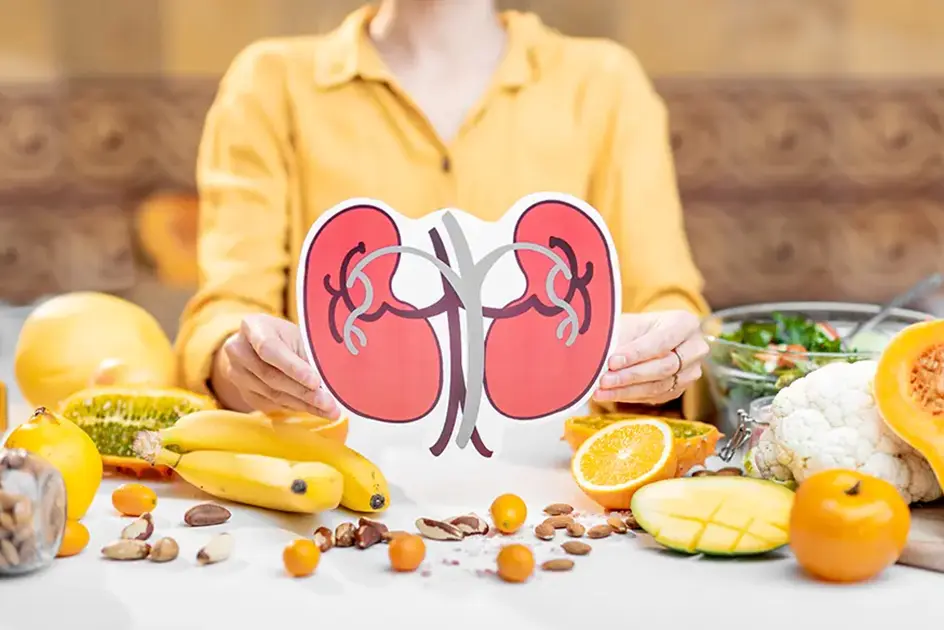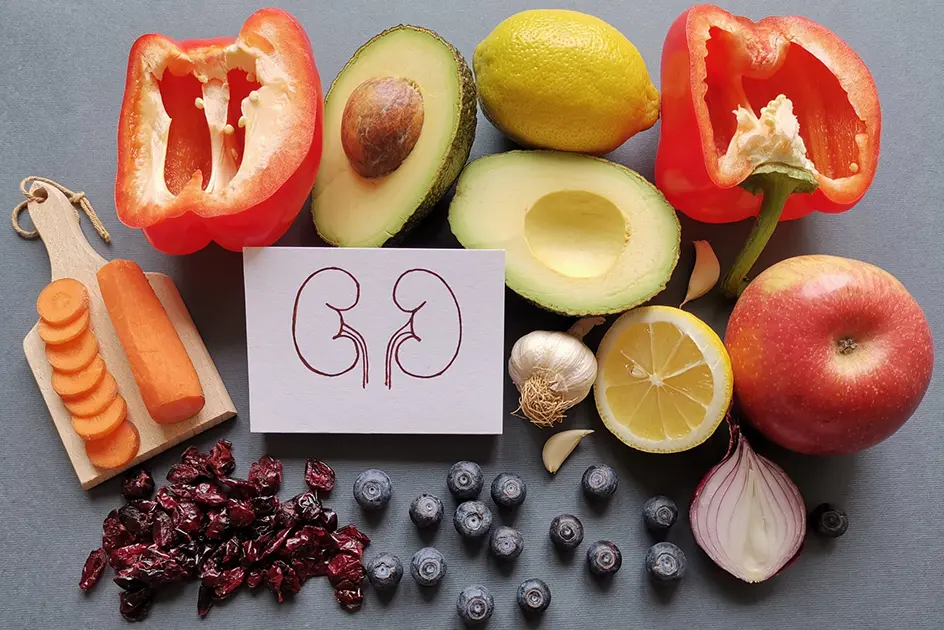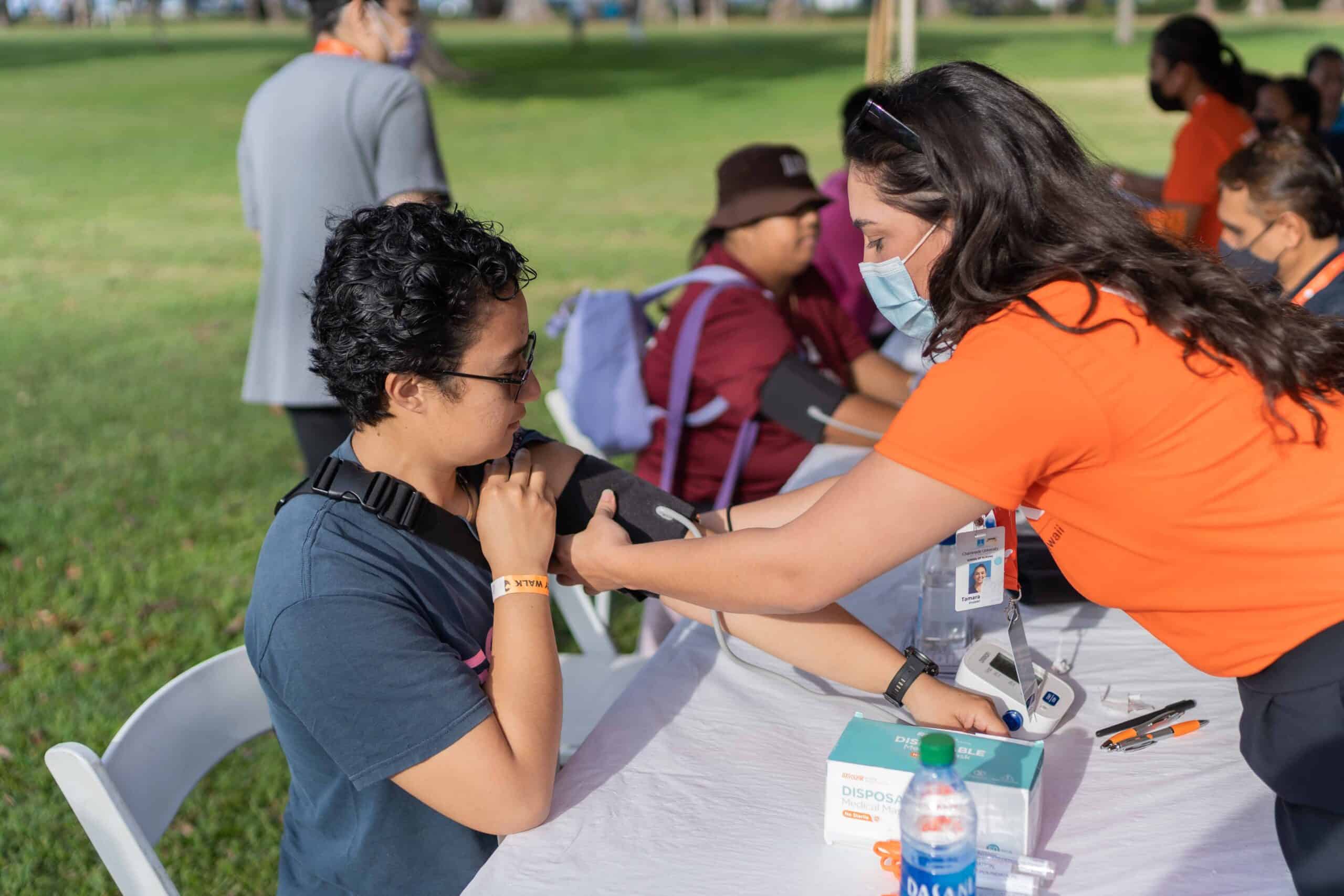While many people think the kidney diet has to be bland since it’s limited in salt, potassium, and phosphorus, there's still room for creativity. Monitoring your diet is often necessary when you have kidney disease, but there may be more room than you think to incorporate fun, nutrient-rich elements into your diet. Read on for healthy ideas and actionable tips to increase the nutritional value of your kidney-friendly diet.
Nutrition adjustments for a healthier kidney diet
Consider gradually incorporating some of these ideas into your routine to include more nutrient-dense foods and healthier choices in your everyday diet. You don't have to change everything at once, but aim for progress.
Choose fresher foods
Stop by an open-air or farmer's market to look for fresh fruits, vegetables, meats, and fish. Fresh options likely contain few or no additives and are minimally processed compared to packaged foods. Minimal processing helps preserve naturally occurring nutrients. If you're not able to choose fresh foods all the time, frozen fruits and vegetables retain similar levels of vitamins to fresh ones.
Increase fiber intake naturally
Fiber is a nutrient found in carbohydrate-rich foods such as fruits, vegetables, whole grains, legumes, and nuts and seeds. Kidney-friendly foods that are high in fiber include oatmeal, apples, brown rice, broccoli, cabbage, and raspberries.
Dietary fiber helps with:
- Regular bowel movements
- Blood sugar control
- Appetite control
- Cholesterol management
Change your cooking method
It's healthiest to cook from scratch when possible, which helps avoid fast food or convenience foods that often contain not-so-healthy ingredients. Meals out often have too much sodium and phosphorus for a kidney diet.
When cooking at home, try to skip deep-frying. Opt for a less oily cooking method for improved overall health: bake, steam, sauté, roast, or grill fish, meats, and vegetables. Add small amounts of kidney and heart-healthy oils (olive, canola, safflower oils) to a pan instead of coating it with lard or animal fat, which is high in less healthy saturated fats.
Use natural sweeteners instead of added sugar
Instead of adding white sugar to a recipe, sweeten foods with fruit or fruit puree. For example, adding applesauce can naturally sweeten a baked good recipe while also helping reduce the oil and total sugar in the recipe. Instead of drinking soda or sugar-sweetened drinks, try adding a small amount of 100% fruit juice to sweeten your tea or sparkling water without adding any extra sugars.
Sprinkle on some nutritious extras
To add extra nutrition to foods you're already eating, experiment with chia seeds, ground flaxseed, and dried seaweed. Chia seeds and flaxseed are rich in fiber and omega-3 fatty acids. Try adding them to a muffin or pancake recipe, on top of a yogurt and fruit bowl, or sprinkled on oatmeal for extra texture. Seaweed is rich in vitamins, minerals, and antioxidants. Add seaweed on top of a rice bowl, with fish, or eat it as a snack for an extra nutritional boost.
Add fresh flavor
To brighten up a healthy dish without using salt, add fresh lemon or lime juice or a splash of vinegar. Fresh herbs, onions, and garlic all add flavor to a dish with the bonus of extra antioxidants and nutrients. Use fresh herbs for seasoning, or finish a dish with bright green onions. Add fresh garlic and pepper to a salad dressing made with olive oil and vinegar to build flavor, eliminating the need for store-bought dressings with additives and excess sodium.
Vary the colors on your plate
Focus on adding more naturally occurring colors to your plate, which will likely help you eat more fruits and vegetables. Instead of eating the same fruits and vegetables all the time, try increasing the variety of foods you eat as well. If you prefer only a few fruits or vegetables, challenge yourself to try a new produce item. If you prepare a fruit or vegetable in a new way, you might bring out different flavors and textures and realize you like the food after all. Adding color might have the added benefit of improving your appetite if you’re struggling to eat enough, as visually appealing plates can sometimes encourage us to eat more food.
Mini challenges to improve your diet
If you're unsure where to start, aim for one new healthy action. See how you feel, and if you’re ready to make another change, choose another habit. Here are a few ideas for mini challenges to improve your diet:
- Try to have a vegetable at both lunch and dinner.
- Eat at least one serving of brightly colored fruit per day.
- Replace one protein in your diet with a healthier choice, such as lean meat, beans, lentils, or baked or steamed fish.
- Prepare two more meals at home per week. Make enough for leftovers to eat on other days.
- Shop at an open-air or farmer’s market once a week to pick up fresh, local produce.
- Challenge yourself to drink more water and fewer sugary drinks. Try adding fresh mint, orange slices, or pineapple chunks to your water bottle to add flavor.
- Replace mashed potatoes with mashed cauliflower to lower potassium content and increase your vegetable intake.
- Mix cooked lentils with ground meat to add some vegetable protein to your diet without much effort.
Bottom Line
You don't always have to eat a boring, bland diet if you have chronic kidney disease. While you may need to adjust some aspects of your eating habits, you can still incorporate bright colors and fresh flavors into your meals and drinks and enjoy eating foods that are good for you. As always, remember to consult with your medical team if you're unsure whether to make a dietary change. These ideas are intended for a more general population and may not be suitable for those with strict dietary restrictions.















